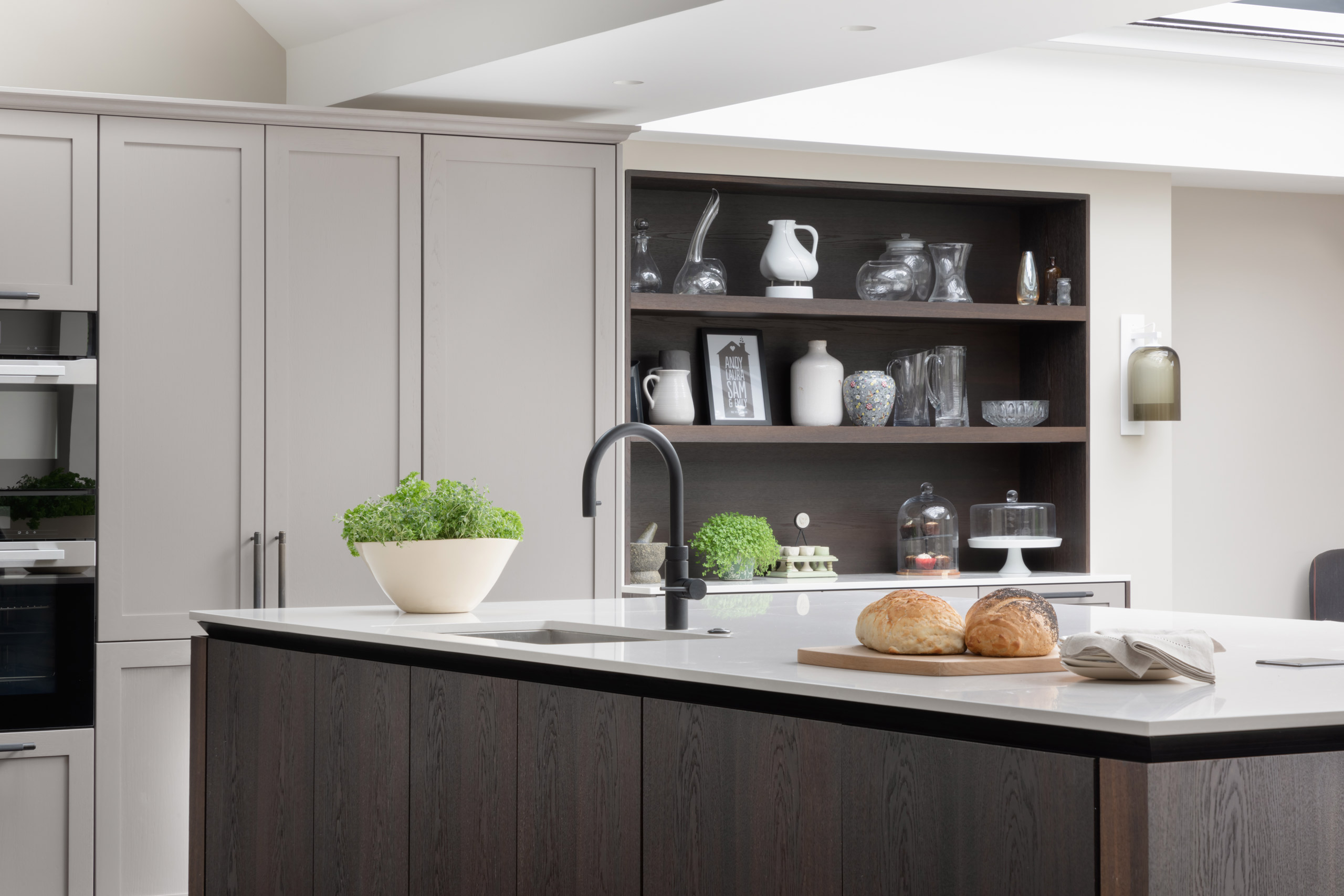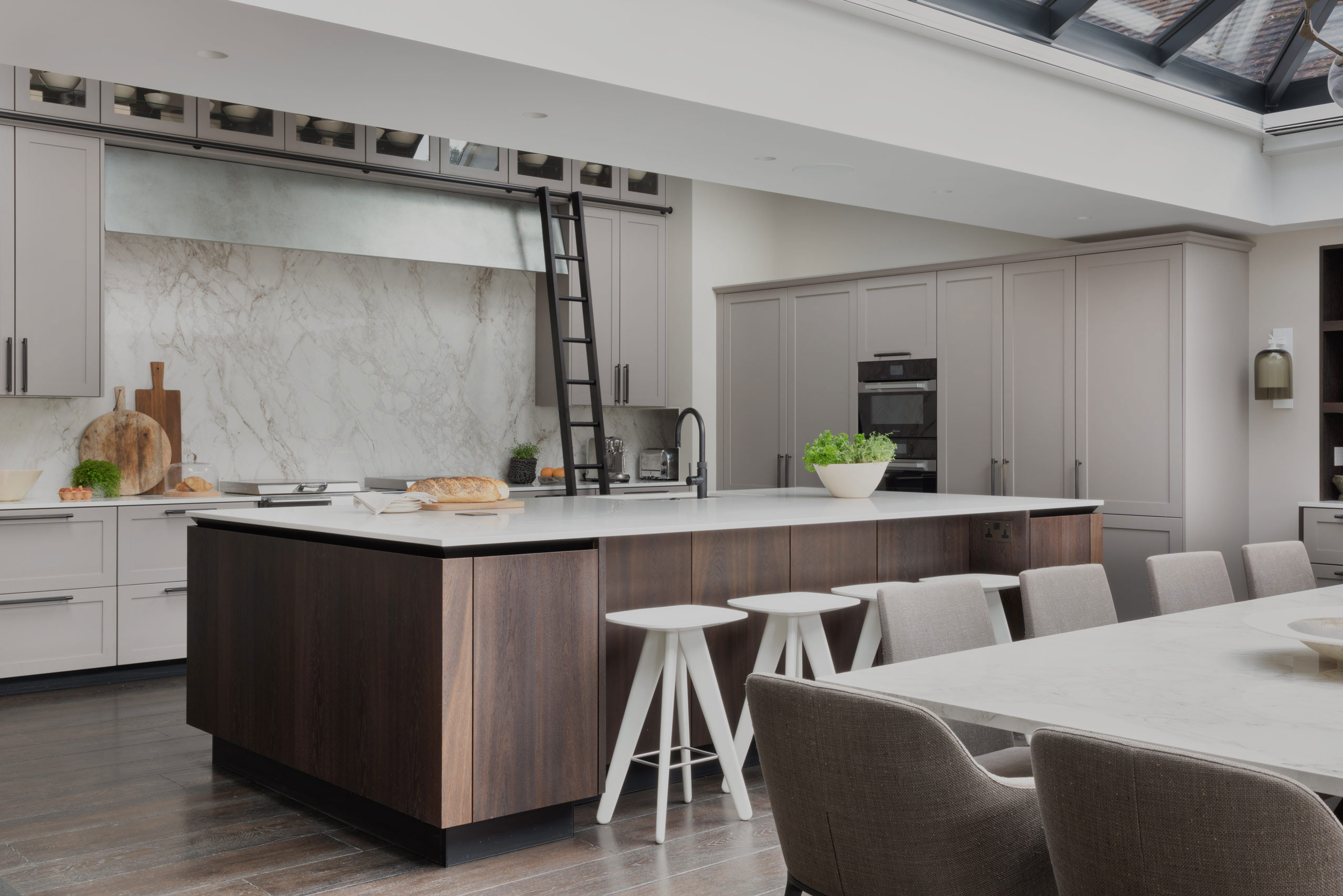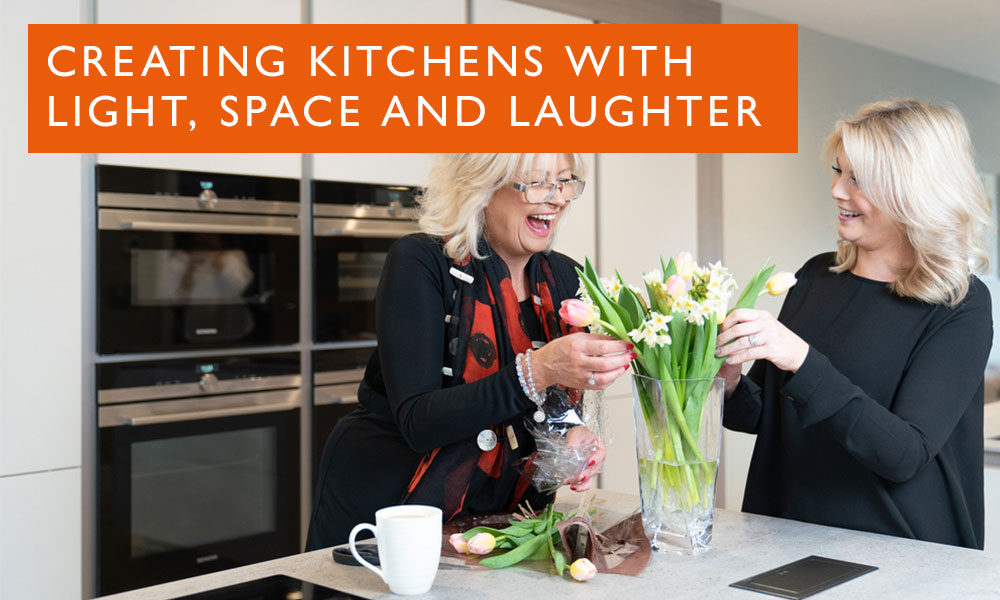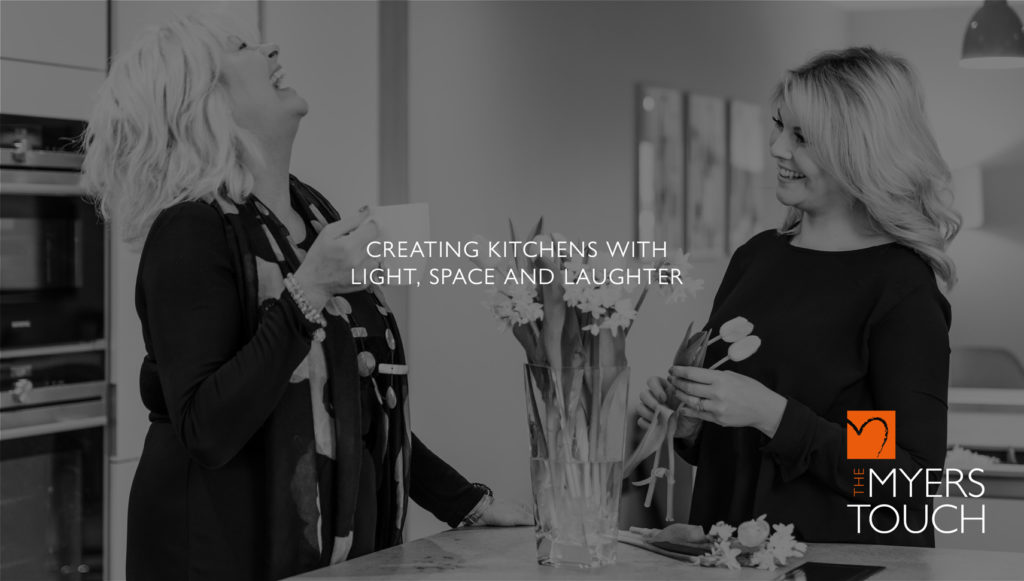Dream Kitchen Inspiration | Creating Kitchens with Light Space and Laughter

We invite you to join Keith Myers, the visionary behind The Myers Touch, for an enlightening video on creating your ideal kitchen. This informative session offers expert guidance on transforming your design inspirations into a bespoke kitchen that perfectly suits your needs and lifestyle.

Dream Kitchen Inspiration: A Virtual Design Talk
Inspiring talks and practical advice

Well, hello and good evening!
Welcome to tonight’s talk, entitled “Dream Kitchen Inspiration.”
The subtitle is “Creating Kitchens with Light, Space, and Laughter.”
This presentation focuses on the essence and philosophy of our design approach, and how we believe your projects can be approached for a successful outcome.
The talk will last about 45 minutes, and I’ll do my best to stay within that time frame.
For those who may not know us, we are a kitchen design and interior architecture practice specialising in the most important space in the home—the kitchen, living, and dining areas.
We are a Somatic dealer, representing a high-end German luxury brand, and we also undertake bespoke work and custom furniture projects.
Our journey in this field has spanned approximately 15 to 18 years, during which we have been fortunate to be finalists and winners of various design awards.
For instance, here’s a project we completed just outside Romsey a few years ago, and another from Susie’s kitchen, which Vincent and Amy are familiar with. We were delighted to win an award for that particular kitchen.
Additionally, we had a couple of our projects featured on BBC Saturday Kitchen Live.
One of these was a beautiful kitchen designed by my wife, which was a finalist for Kitchen Design of the Year. It’s a bright and fun space, which reflects our design philosophy.
If you haven’t visited our studio yet, here’s an inside look. We’ve recently updated our displays, showcasing various awards and recognitions we’ve received over the years, including five years of House Awards in design.
Just last week, we learned that we’ve been shortlisted for Kitchen Showroom and Kitchen Retailer of the Year, which is particularly exciting as we are the only studio in the UK nominated for both categories.
Given that we are a relatively compact practice located in rural Hampshire, just outside Winchester, we are very pleased with this recognition.
Now, let’s delve into the process of creating kitchens with light, space, and laughter.
What do I mean by that? There are two perspectives: a technical approach, which involves lux levels, cubic space dimensions, and other metrics, and an emotional perspective, which considers how design impacts your living experience and feelings about the space.
Tonight’s talk will focus on the emotionality of design and its influence on the spaces we inhabit.
To illustrate this, I want to share an experience I had at a famous architectural site in Glasgow, known as the Art Lovers House, designed by Charles Rennie Mackintosh.
If you ever visit Glasgow, I highly recommend seeing this building. It is remarkable in its design and architectural detail.
When I entered one of the rooms, I was unexpectedly moved by the atmosphere.
It made me want to lay down and soak in the space, prompting me to reflect on what elements in the design created such a profound feeling.
This experience marked a turning point for me, revealing that design has an impact that transcends mere materials.
Now, let’s discuss the four levels of design engagement that we at the Maya’s Touch believe should guide our approach.
The first level is Product. Regardless of the project—whether it’s a kitchen or a household build—products like wood, brick, stone, and glass are the basic building blocks.
When these materials arrive, we must determine how to adapt them to our lifestyle. This practical application of products is where many kitchen designers stop, focusing solely on how to aesthetically arrange these products in the working space.
However, we believe in going beyond this. We aim to create environments that foster community and connection, both indoors and outdoors. The final level, which we call Transcendence, elevates the design to an ethereal and intangible experience of how one feels in that space.
At the product level, we focus on the materials.
There are no budget constraints here; it’s about how we approach the design. For example, I once designed a £150,000 kitchen that was heavily product-focused. While it was a fantastic project, it required some tweaking to achieve a better outcome.
In simpler projects, such as utility rooms or straightforward designs, the focus may remain on the products themselves.
This process can often feel contractual, with a straightforward relationship to get products ordered and planned.
The next level involves a deeper focus on how we live and work in these spaces. This requires more communication and questioning with the client to ensure that the design meets their needs.
We consider the flow, storage, and functionality of the kitchen, ensuring that everything fits perfectly.
Recent lockdowns have highlighted the importance of multifunctional spaces in our homes. We need to create designs that accommodate diverse relationships and activities within the home.
This engagement can be more value-oriented, where clients may invest in specific features that enhance their experience, such as a waste disposal unit or a wine fridge.
As we move into the Community level, we begin to consider how our designs impact a larger picture of connection.
Many clients express a desire for their kitchens to be the “heart of the home,” but what does that truly mean? It’s about creating warmth and comfort that draws people into the space, impacting their emotional well-being.
Connecting with the outdoors is also crucial.
Our studio features large glass panes that allow us to connect with the surrounding environment, which enhances the overall comfort of the space. Biophilic design, which incorporates greenery into the interiors, is another way to achieve this connection.
It’s essential to ensure that the designer understands the client’s vision.
Many clients have shared experiences where they felt misunderstood, leading to a final design that didn’t resonate with them. This disconnect often stems from assumptions made during the design process.
As we work together, we aim to build a collaborative relationship, ensuring that the design aligns with the client’s values and needs. At this level, we can explore spending more if it enhances the overall experience, considering the connection between the indoors, outdoors, and the surrounding community.
Finally, we arrive at the Transcendence level, which embodies the “wow factor.” This term can mean different things to different people, making it a deeply personal aspect of design.
Discovering what this means for each client is part of the design journey.
Buying a kitchen is akin to a commitment; once you say yes, replacing it can be costly and complicated.
Therefore, it’s vital to invest time in the design process to ensure it’s the right fit.
When we discuss the wow factor, we are touching on the human spirit.
For instance, Winchester Cathedral is a stunning architectural achievement.
While at the product level it consists of stone and wood, at a transcendent level, it evokes deep emotional responses.
Design, much like music or poetry, has the power to touch the human spirit.
At this level, the designer must become attuned to these deeper aspects of the design process, creating spaces that resonate on a profound level.
See more videos of our past talks on our Facebook page. Find out about the latest trends we are seeing in high end kitchen design and book an appointment to visit our kitchen showroom.
Home | CONVINCE ME | Design Talks | Dream Kitchen Inspiration | Creating Kitchens with Light Space and Laughter
